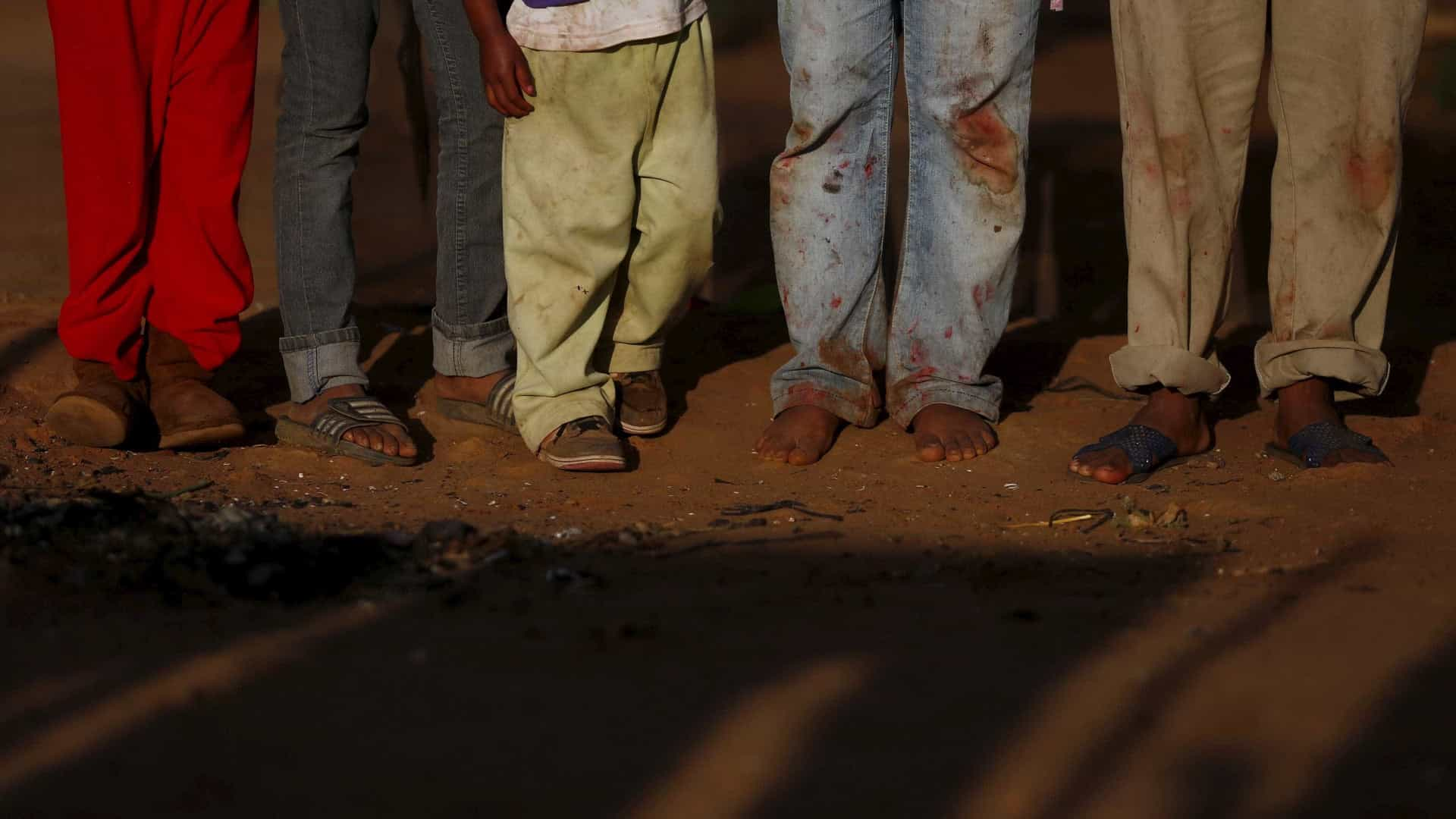RIO DE JANEIRO, BRAZIL – Despite the second consecutive month of deflation, according to the National Broad Consumer Price Index (IPCA), the hike in food prices – up 0.24 percent in May from a 1.79 percent increase in April – shows that poorer families will have their incomes further compromised by the pandemic.

When food prices rise at a time of rising wages, this expense is cushioned by income gain. In the current scenario, however, the loss of family income, particularly for those with lower wages, is significant and the rise in food prices weighs even more heavily.
According to the Brazilian Institute of Geography and Statistics (IBGE), the poorest families spend approximately 22 percent of their budget on food. And another survey, by the Plan CDE Institute, points out that 50 percent of low-income families in classes D and E have lost over half of their income since the start of the crisis caused by the novel coronavirus pandemic.
“The crisis, from the perspective of income inequality, is catastrophic. Many professionals, still with reduced wages, have been able to adapt to work from home. For the poorest, the only thing left to do is try to get emergency aid,” says José Luis Oreiro, an economist from the University of Brasilia (UnB).
An inflation specialist, Heron do Carmo, economist at the University of São Paulo (USP), says there’s a food supply issue because of the drier climate and many products are subject to a price shock. “It burdens more the poorest families. As it is a basic expense, there is no abrupt drop in consumption, but the consumer seeks, as far as possible, to rationalize purchases”.
According to the IPCA, items such as fruit (-2.10 percent) had a drop in prices, but there were hikes in mainstay products such as onions (30.08 percent), potatoes (16.39 percent), beans (8.66 percent) and meat (0.05 percent).
André Braz, coordinator of the Consumer Price Index (IPC) at the Getúlio Vargas Foundation’s (Ibre/FGV) Brazilian Institute of Economics, agrees that the hike in food prices, despite being out of line with other prices, comes at a cruel time: “The 0.24 percent hike could have seemed small if the income had remained stable. The problem is when income disappears due to the pandemic and eating becomes more expensive.”
He estimates that food prices are expected to rise again in June, due to increase demand for meat in China, which has already started its reopening process after quarantine. “This new high in food prices, however, should not yet be enough for inflation as a whole to rise; we should have another month of deflation in June.”
Source: Estadão Conteúdo

